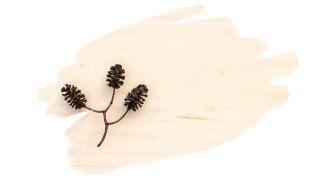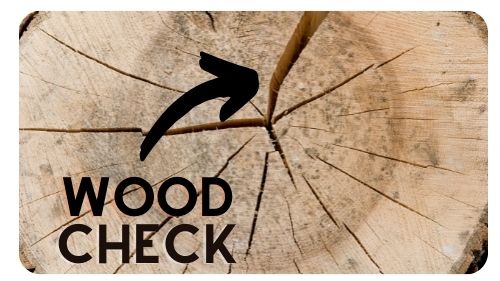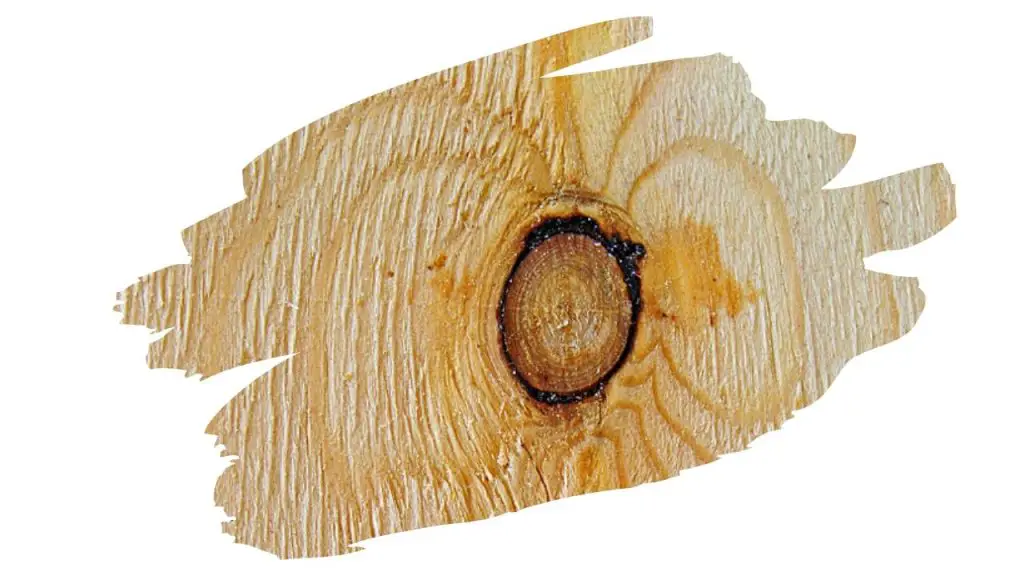One of the big problems, when it comes to wood carving, is having your wood craft crack and split. Which is one of the reasons why carving with Alder wood can sometimes be a little tricky.
So, in this post, we dive into what you need to look for when it comes to choosing carving wood. You’ll also learn why it is your carving style that dictates which wood you can use.
And keep reading to find out what kind of carving technique Alder wood is best suited for…

This post may contain affiliate links to products that we receive a commission for (at no additional cost to you). Learn more here.
What Is The Best Wood For Woodcarving?
The answer to this depends on your wood carving style.
Some carving styles use hand tools and require a light touch. So, these carving techniques require quite low density soft pliable woods.
On the other hand, there are some carving styles that need a heavier hand — and in some cases may even require power tools. So tougher wood types are more suited for these styles.
Related Post: 9 Easy Whittling Projects For Beginners (That You Can Make This Weekend)
OK…So What Types Of Wood Are Best For Different Carving Techniques?
Well, when it comes to light touch carving, (that use hand tools), you should use pliable woods.
So for whittling, Basswood and White Pine are good choices, because these two timbers don’t require a lot of force to cut. And, these timber types also hold designs rather well too.
For styles that require a bit more force, such as Chip Carving, then Black Walnut and Cherry, are ideal.
But, when it comes to intense carving styles — of the kind that require power tools — you need very tough timber. So, for styles like Chainsaw Carving, you need to use a hard wood like European Oak (a.k.a White Oak).
Related Post: 11 Surprisingly Simple Wood Carving Projects for Absolute Beginners
What About Alder Wood? What Type Of Carving Style Is Alder Wood Suited For?
One of the first things you need to know about a woods suitability for carving, is its toughness.
Very soft woods are great for delicate precise cut carving. While heavy hard timbers are not.
And, one of the ways that we measure the hardness of a particular wood, is by checking its Janka rating.
The Janka rating measures how much force it takes to make a dent in a piece of wood. The higher the Janka rating, the more force it takes. And the more force it takes, the harder the timber.
Now, when it comes to power tool carving styles such as Chainsaw Carving, White Oak is a great choice wood for that particular technique.
White Oak has a Janka rating of 1290 lbf. And that means it’ll take 1290 pounds of force to make a dent in this tough durable lumber.
But, when we look at Alder Woods Janka rating, it is much, much softer than White Oak. That’s because Alder woods Janka rating ranges between 590 lbf (Red Alder), and 650 lbf (European Alder).
That makes this wood type almost as soft as Basswood (which has a Janka rating of 410 lbf).
Great! So, That Means Alder Wood Is A Great Choice For Whittling…Right?
Well, beyond woods toughness, another thing we need to check for is a woods stability. You see, the more stable a wood is, then the less likely it is to warp or form wood checks.

If a wood is stable, then it’s less likely to expand/contract a lot every time it absorbs moisture (or dries out).
Now, generally, we prevent warping and checking by sealing wood. So, a moisture-resistant wood finish is enough to stop the worst effects of warping.
Yet, while we carve wood, there is no wood finish protecting that timber. So, until you apply that final wood finishing coat, then wood checks can occur at the most inopportune moment.
And those unsightly checks and split can ruin an otherwise perfectly carved craft.
Related Post: 5 Clever Wood Turning Projects (For Lathe Beginners)
But, Why Does Wood Checking Matter When It Comes To Alder Wood?
Well, it matters because Alder wood is fairly prone to splitting and checking. This is particularly the case if you carve with green Alder wood.
You see, green wood is any wood that’s been freshly cut from a tree. At this point, freshly cut lumber has a high amount of moisture in it. This is why green Ash wood is incredibly pliable to cut into.
Nevertheless, as that moisture dries out, green wood can begin to contract and shrink. And this drying-out movement can cause splits and cracks to appear.
What’s More, Alder Wood Is A Little Bit Knotty…
Alder wood is also an infamously knotty timber.
While it may not be as knotty as say Pine wood, Alder knots can still make life plenty difficult. Especially, when you want to make delicate cuts into this timber.

Does This Mean That Alder Wood Is No Good For Woodcarving?
If you want to practice your whittling cuts and techniques, Alder is as good a wood as any to use.
Nevertheless, it’s propensity to crack — along with those annoying knots — means that you’re better off simply using Basswood for whittling.
To Wrap Up, Here Are The 3 Key Takeaways From This Post…
- 1). Alder wood is a fairly soft timber, and is pliable enough to whittle with hand tools.
- 2). However, Alder wood has a tendency to crack and split as it dries out.
- 3). Alder also tends to have a fair number of wood knots in it. And those knots can make it difficult for you to make delicate cuts.



